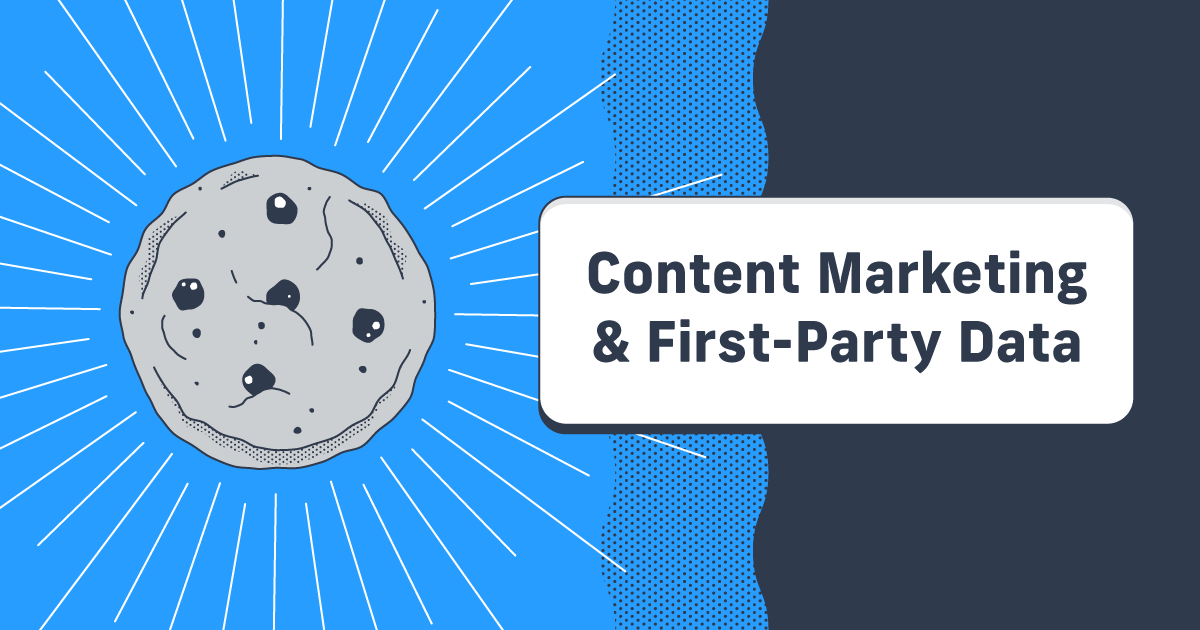Making Money With Your Food and Nutrition Content
Are you a food blogger, fitness coach, nutritionist, or any other kind of content creator who focuses on food and health? Just like all content creators, you know that monetizing your work is a big milestone.
Lots of creators in the health and food industry have blogs or videos that highlight recipes or methods of cooking or staying healthy. Creating all that content takes a lot of work. As you create more and more, your audience will expand, leaving you in a challenging but very desirable position for creators:
- You’ve got skills and knowledge to share
- You’ve got an ever-expanding catalog of content that highlights your skills and knowledge
- You’ve got a growing audience who wants more
What do you do next?
The next step for the majority of creators will be to create products or services to sell to their fans using the content they’re already creating.
How to Monetize Your Nutrition Content
There are several ways to monetize your content. In this article, I’m going to focus on books. But here are a few other ways that you might consider.
Aside from a book, your best option is probably to create an online course. This could be a series of videos, articles, or audio recordings built from the content you’ve already created. It’s worth noting too that your online course might pair nicely with a workbook or manual.
Another popular way to monetize your food and health-related content is to offer a premium subscription. That might be in the form of a newsletter, premium blog posts or videos, or anything else you want to make exclusive.
Your Book and Your Target Audience
No matter who your target audience is, you must keep them in mind as you create your book. By understanding their needs, you’ll be able to create content that resonates with them and helps them achieve their goals. The ‘food’ category of creators encompasses a lot of different kinds of content; from traditional cookbooks to food blogs and instructional videos. Let your audience inform what you create.
It helps to define your target audience if you work back from the content you create. If you’ve got a food blog where you post articles about at-home cooking on a budget, you immediately know some things about your audience:
- They like cooking or want to learn to cook
- They’re working on a budget
- They like your recipes
With that, you can determine what kind of book to create. Maybe that’s a ‘simple recipes’ cookbook using the content from your blog. Or perhaps it’s a meal planner or recipe book your fans can use.
If you address problems or pain points your audience experiences, they’ll find value in your content and will be glad to pay you for it.
What Kinds of Health and Wellness Books To Create?
For your food, nutrition, or cooking content, you’ll have a few kinds of books you can create. I’m highlighting three of the most common options today, but always be on the lookout for new ways to package and offer your content.

Cookbook
If you create content that involves cooking, healthy eating, dieting, or anything else that centers on food, a cookbook is an obvious product to create.
Cookbooks are also challenging books to create—they require designing pages with text and images, as well as formatting the ingredients and instructions. Just look at the interior of a few different cookbooks and you’ll notice that the kind of content is similar (ingredients, instructions, cooking time, servings, etc.). However, the layout and design of that content will vary wildly.
Start with a template that highlights your recipes and use it to build your cookbook.
Meal Planner
Help your audience follow your health and nutrition advice with a meal planner. People love notebooks, so giving them one specific to your own nutrition plans is an easy way to create revenue for you while making your fans happy.
Meal planners are a finite product too; people who like your meal planner will probably buy another one.
Recipe Book
Showing someone how to cook almost always leads to them creating their own recipes. So why not create a recipe book? You get to show your fans how you organize your own recipes and you’ll have that amazing cover doing some marketing work for you.
Recipe books are particularly good because people keep them and use them frequently. Mine basically lives on my counter.
Creating Your Health and Wellness Book
Self-publishing means not only creating your content but doing the design and layout work as well. Whether you hire a professional to design your book or you do it yourself, the design process will be similar to other kinds of book designs and publishing.
The most basic framework for creating and publishing a book looks like this:
- Finish writing the book
- Lay out the content
- Design the pages
- Add front and back matter
- Compile and upload your files
For all of the books you’re likely to create for your food or nutrition business, you’ll want to begin with a template. I linked to more details about templates for unique book projects above, but you can also design your own to suit you and your ideal customer.
Once you’ve established what kind of health and wellness content will go into your book, use your template to lay out the content. Then design your pages, add pictures to your cookbook, or refine the design of your recipe book.
Front and back matter are important, even for recipe books or meal planners that have limited content. At the least, you’ll include a copyright page to protect your work. You might also want an introduction or instructions for using the book.
Finally, compile your files into a single PDF and you’re ready to upload and publish!
Food and Nutrition Content Marketing Strategies
You’ve got a flourishing food blog and you’ve just published a cookbook and meal planner to accompany your content.
Now what?
Okay, yes, marketing is the next important step. But before you draft emails and take pics for Instagram, you should consider how you’ll sell your books. Now is the perfect opportunity to leverage your audience and your existing content by selling directly with print-on-demand.
Direct sales keep you in control, help you capture information about your audience, and ensure you earn the most from each sale. Plus, direct sales using print-on-demand encompasses shipping too. All you’ll need to do is worry about getting your books in front of your fans!
You need a marketing strategy to get your new products in front of potential customers. That might mean taking to social media to promote your work to your existing fans or sharing your new products with your existing followers through email.
You’ve got a leg up because you’ve already got content and fans. You don’t need to spend time finding your target audience because they’re already watching your videos or reading your blog posts.
Instead, you can focus your marketing efforts on making sure your existing fans know you’ve created a book they can buy. And because you’re always creating new content, you can build up a catalog of books that creates a passive revenue stream.
Turning Your Food And Nutrition Content Into Profits
You, like most content entrepreneurs, create because it brings you joy. Whether that’s fresh recipes, dietary guides, or meal trackers, your fans value your content because it helps them.
Like all content creators, you’re a problem solver. And like all content creators, there is always one problem that demands attention: generating income. That’s where your cookbook or meal planner comes in: these books are a simple, long-term way to earn money while complementing the content you’re already producing.





